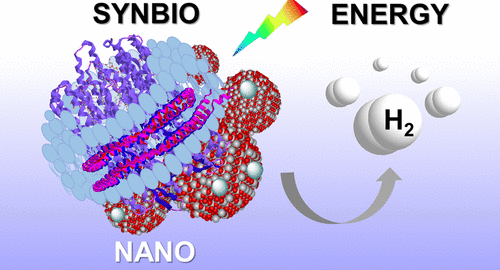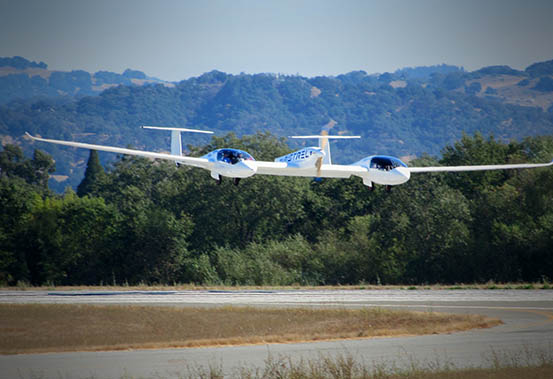Hydrogen would be a wonderful fuel if it were easy to get and easy to use. It makes up 90 percent of all atoms in the universe, equal to about 75 percent of all the mass. Hydrogen has been expensive to obtain because quite often its extraction from other matter entails using expensive catalysts such as platinum. Russia and America Team Up to Get Cheap Hydrogen Scientists from the Argonne National Laboratory in Illinois, working with researchers at the Moscow Institute of Physics and Technology (MIPT) and in Jinan, China combined efforts to produce hydrogen using sunlight and photosensitive lipids. We associate lipids with getting blood drawn at the clinic, and waiting patiently to see how our cholesterol and triglycerides are doing. Lipids are water insoluble fats, and are a key to this inexpensive method of extracting hydrogen. Using titanium dioxide as a photocatalyst, the teams “inserted a photosensitive protein into nanodiscs — made from circular fragments of cell membrane …
Dr. Joseph Kallo, DLR See a Hydrogen Future
Speaking at the first annual Sustainable Aviation Symposium at the Sofitel San Francisco Bay on May 6, 2016. Dr. Joseph Kallo focused on hydrogen as a more than potential fuel for future flight. He stressed that H2 fuel development was further along than one would think, and shared several examples to promote that thought. A Busy Man, a Storied Airframe Dr. Kallo is DLR (Deutsches Zentrum für Luft-und Raumfahrt – German Center for Air and SpaceTravel) Coordinator of Electrical Aviation for Germany’s equivalent of NASA, oversees work at the DLR Institute of Engineering Thermodynamics, which has worked with Pipistrel in Slovenia to convert the Green Flight Prize winning Pipistrel G4 to the hydrogen-powered HY4. He’s also Institute Director at the Institute of Energy Conversion and Storage, Ulm University. That group provides expertise on hybridization for the HY4 project. Ulm partners with aircraft designer Pipistrel, fuel cell provider Hydrogenics, and DLR to make the aircraft a reality. H2Fly will operate the …
Five Student Teams Show Five Possible Ways to Electric Flight
What will future airplanes look like? Exciting, sleek and beautiful, if the five winners of a recent NASA Aeronautics Research Mission Directorate (ARMD) challenge are any indicator. Graduates and undergraduates were asked to design a four-seat, electrically-powered craft that “could carry at least 400 pounds of extra cargo, fly at least 575 miles during a single flight, cruise at a speed of at least 150 mph and be able to take off in less than 3,000 feet under normal conditions.” Current materials and motors were undoubtedly intended, since the airplanes had to be ready to go into service by 2020 and be competitive with currently-available “standard piston-engine airplanes that burn fossil fuel.” This is definitely a challenge, and the students not only met it, but exceeded expectations. Of twenty team entries, NASA evaluators chose five for final consideration. Jaiwon Shin, NASA’s associate administrator for aeronautics, extolled their virtues. “The research and critical thinking that went into each of these designs was …


